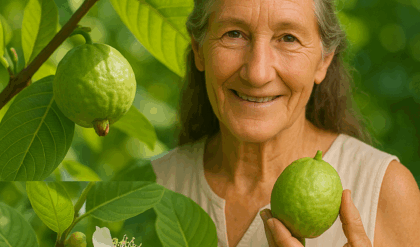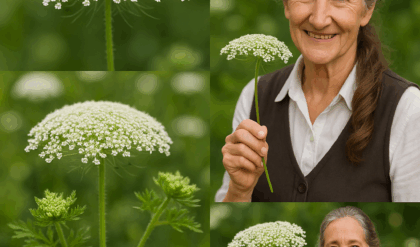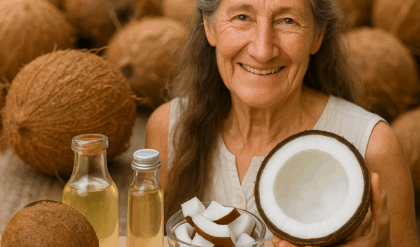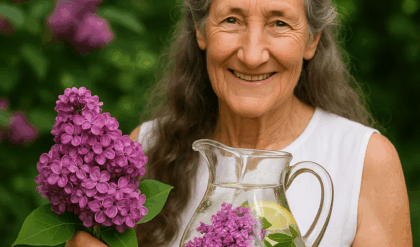If you’ve ever walked through a sidewalk crack, a neglected backyard, or a forest trail, you’ve likely stepped over a small, leafy green plant without a second glance. It doesn’t have the glamour of exotic herbs or the price tag of trendy supplements, but this unassuming weed—known as broadleaf plantain—is quietly earning a reputation as one of the most powerful wild plants available to foragers and herbalists alike.
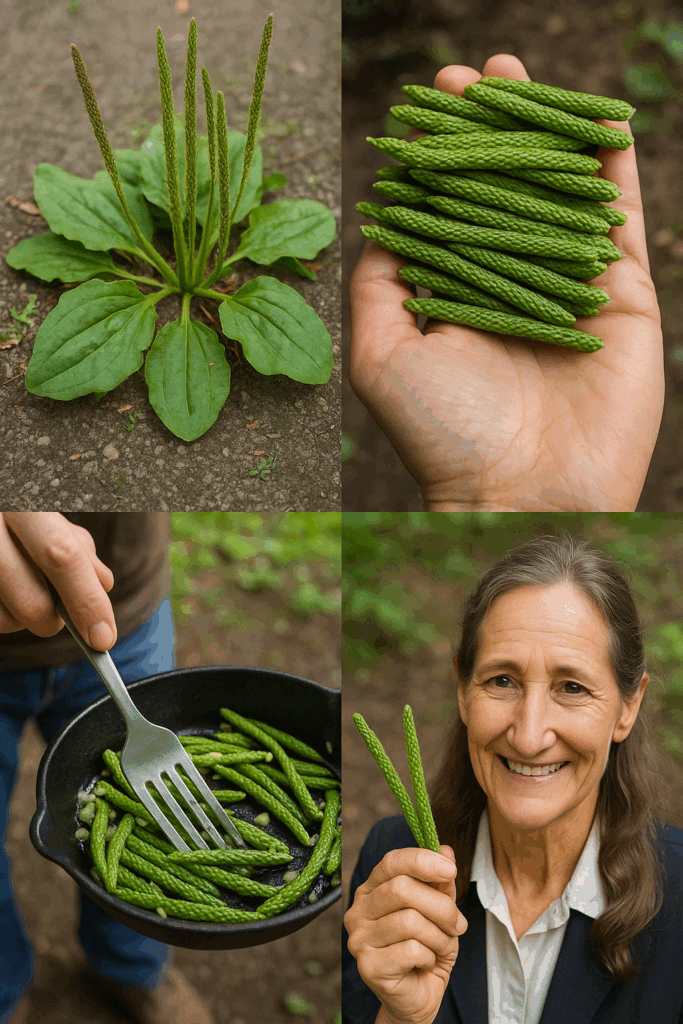
Let’s dive into the fascinating world of Plantago major, or broadleaf plantain, and discover how this backyard marvel offers medicinal benefits, culinary value, and a potential superfood status that could rival kale and spinach.
What Is Broadleaf Plantain?
Broadleaf plantain (Plantago major) is a perennial herb native to Europe and Asia but now grows virtually everywhere in the world. Its rosette of broad, ribbed leaves and tall, slender flower spikes make it instantly recognizable—once you know what you’re looking for. Commonly dismissed as a weed, plantain is actually an edible and medicinal powerhouse that has been used for centuries in traditional medicine systems.
You’ll often find plantain sprouting between pavement cracks or in poor, compacted soils, which makes it a resilient and sustainable food and medicine source.
A Natural Remedy at Your Fingertips
One of the most impressive qualities of plantain is its ability to soothe and heal the body naturally. It’s often called “nature’s bandage” due to its remarkable wound-healing properties. Crushed fresh leaves can be applied directly to cuts, insect bites, or stings to draw out toxins and promote rapid healing. The plant contains compounds like aucubin (an anti-inflammatory agent), allantoin (a tissue-regenerating compound), and mucilage, which soothes irritated tissues.
These properties make it a natural choice for treating:
- Minor wounds and burns
- Skin irritations and eczema
- Insect bites and stings
- Poison ivy rash
- Coughs and sore throats when made into a tea
Many herbalists prepare infusions, tinctures, or salves using plantain to harness these medicinal properties in more concentrated forms.
A Forager’s Delight: Culinary Uses of Plantain
Not only is plantain medicinal, but it’s also a highly nutritious wild edible. Both the leaves and the flowering spikes can be consumed, though younger leaves are preferred due to their tender texture and milder taste.
Fresh young leaves can be added to salads, blended into smoothies, or lightly sautéed like spinach. The flower stalks—like those seen in the photo—can be harvested while still green and tender, then stir-fried with garlic and olive oil for a delicious wild vegetable dish with a slightly nutty flavor. They’re surprisingly flavorful and can be prepared much like asparagus.
Rich in vitamins A, C, and K, as well as calcium, iron, and fiber, plantain can serve as an excellent nutritional supplement in any survival or back-to-nature lifestyle.
The Environmental Benefits of Plantain
Broadleaf plantain is more than just edible and medicinal—it’s also ecologically beneficial. Its deep roots help break up compacted soil, allowing water and nutrients to penetrate more easily. This makes it a valuable plant in permaculture and regenerative agriculture.
Moreover, plantain is known to absorb heavy metals and pollutants from the soil, acting as a natural detoxifier for degraded environments. Its leaves also provide food for various insects, including important pollinators.
Why You Should Pay More Attention to This “Weed”
What sets plantain apart in the world of herbalism and wild food is its accessibility. You don’t need to trek into the wilderness or spend money at a health store to benefit from it—it’s growing right outside your door. As more people turn to sustainable living, wild foraging, and holistic health, this common plant is gaining recognition as a valuable resource.
By learning to identify, harvest, and use plantain safely, you’re not only reclaiming a lost herbal tradition but also gaining independence from pharmaceutical and commercial food systems.
Cautions and Considerations
While plantain is generally safe for most people, it’s crucial to identify it correctly and avoid harvesting from areas that may be contaminated by pesticides or pollution. As with any wild plant, moderation is key, and it’s best to consult a qualified herbalist if you’re using it as part of a health regimen.
Conclusion
From a humble weed to a versatile superplant, broadleaf plantain is a shining example of nature’s hidden gifts. Its healing properties, edible value, and ecological benefits make it a must-know plant for anyone interested in foraging, herbal remedies, or self-reliant living.
The next time you walk past a patch of green spikes pushing up through the pavement, stop and take a closer look. You might just be walking past one of the most underrated superfoods in the wild.

